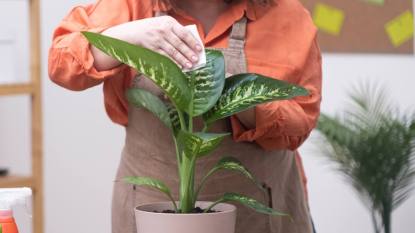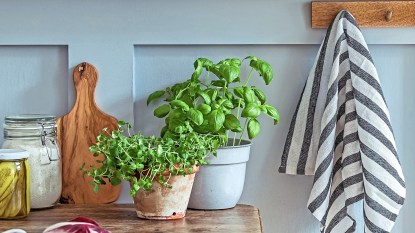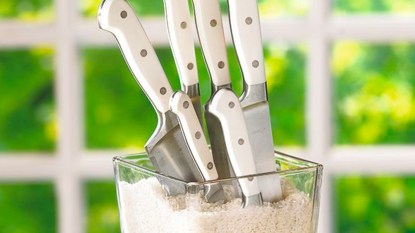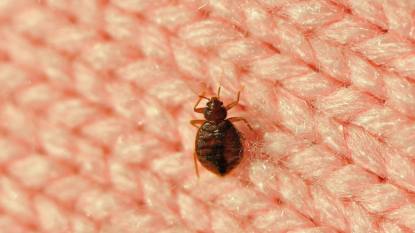The Safety Tricks Pros Want You to Know Before You Start 3 Common Home Projects
Discover the proper protection to get the job done
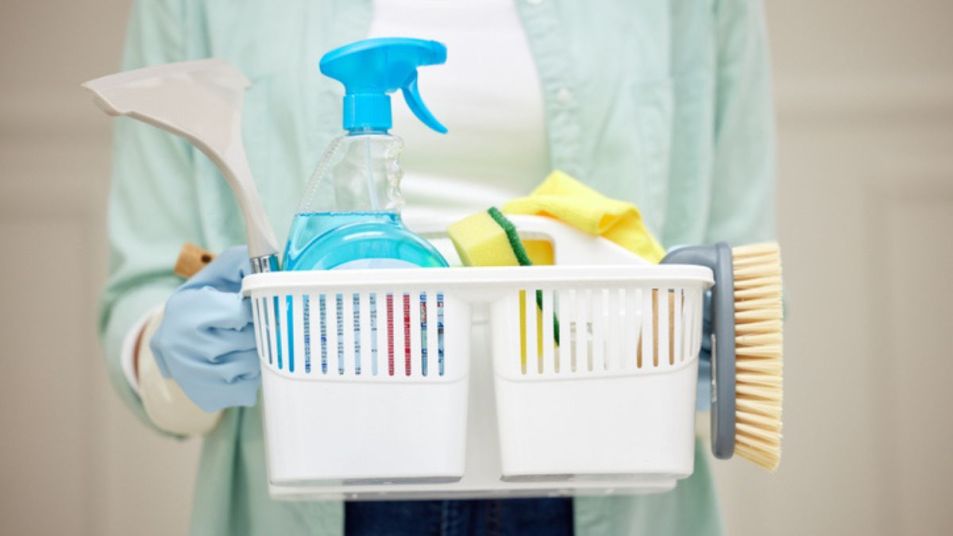
When it comes to homeownership, taking care of household hassles can often feel like a never-ending battle. From worn-out carpets to stubborn mold and peeling paint, these common nuisances can turn into daunting projects if left unchecked. What’s more, some to-do’s are actually riskier than others — and can lead to problems both for your home and your health if you don’t take the right precautions. That’s why we spoke to the experts who reveal how to tackle three common home projects risk-free.
Home project #1: Removing old paint
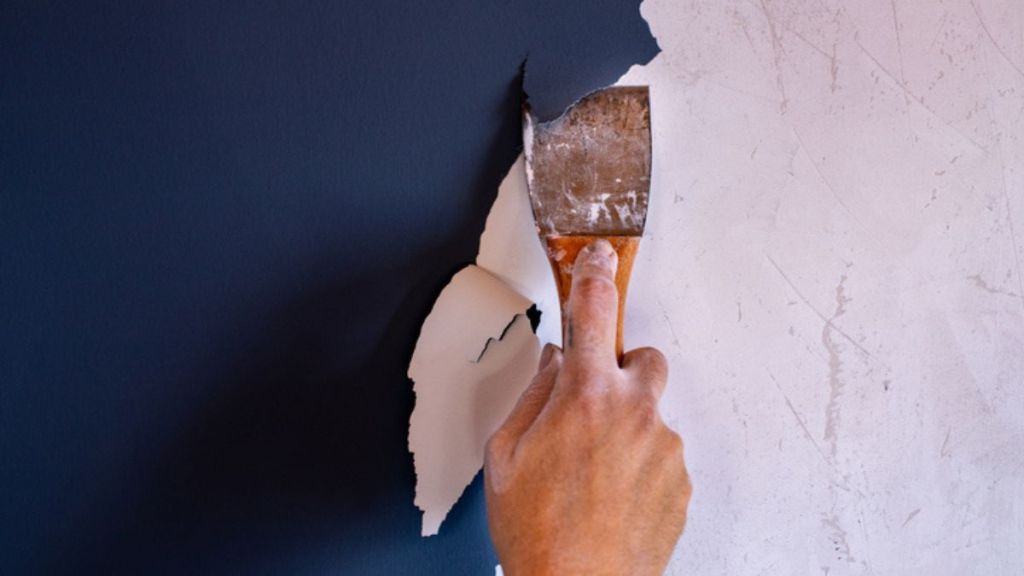
If your home was built in 1978 or earlier, removing old paint may pose health concerns, says says home inspector Adrian Pedraza with The California Home Buyer. “With older homes, it’s important to test paint for lead using an affordable kit available in hardware stores.” If the result is positive and it’s a big job, you’re safest calling in a professional to remove the paint. In some states, like California, it may also be required. “But if the area you’re scraping is relatively small, you can remove it safely with a few precautions,” assures Pedraza.
Use the wet method
Try wet scraping, a technique where you mist the area you’re working on with plain water. This helps prevent dust and lead particles from getting into the air. First, cover nearby surfaces with a tarp. Then, don gloves and a respirator mask with an N-rating of 99 or 100. Fill a bottle with water and mist the surface in 1-foot by 1-foot sections as you work, Pedraza advises. This way, the area remains damp while you scrape before you move on to the next section.
Also smart: Using a liquid paint stripper? Gardening, latex and most yellow rubber gloves aren’t going to cut it. For handling chemicals like paint thinner, check the label—depending on what the thinner is made from, you’ll need gloves made from either butyl rubber or neoprene, which you can find in any hardware store.
Related: 5 House Painting Hacks That Make Home Improvement Easy
Home project #2: Cleaning up mold
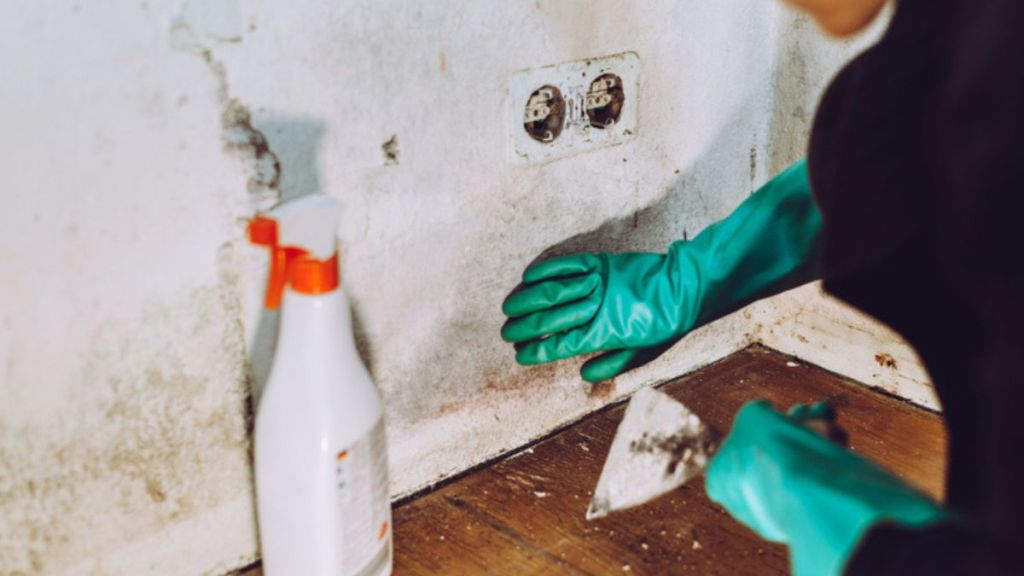
When it comes to mold, size matters. “If it’s growing across an entire wall or on multiple surfaces, it’s likely too big to tackle on your own,” says mold remediator Gus Pullen with PURE Maintenance in Texas. But for smaller, more manageable mold cleanup, a few easy strategies is all it takes.
Hit it with white vinegar
The first step is to eliminate the dampness that cause the mold. This may mean repairing a leak or pugging in a dehumidifier, notes Pullen. Then, put on an N95 mask, gloves and goggles, and spray the mold with white vinegar (it’s acetic acid kills the mold). Spray it completely; let sit for an hour. Wipe it with a cloth dampened in more white vinegar. Finally, swipe it once more with a dry cloth until totally dry.
Also smart: While bleach makes an effective cleaning product to remove mold, be cautious you’re not using it combined with other cleaning products. You might already know that mixing bleach and ammonia can create toxic gas, but many people don’t realize mixing bleach and vinegar will create chlorine gas, which can cause serious harm if inhaled. When it comes to cleaning products in general, it’s best to never mix-and-match!
Home project #3: Removing old carpeting
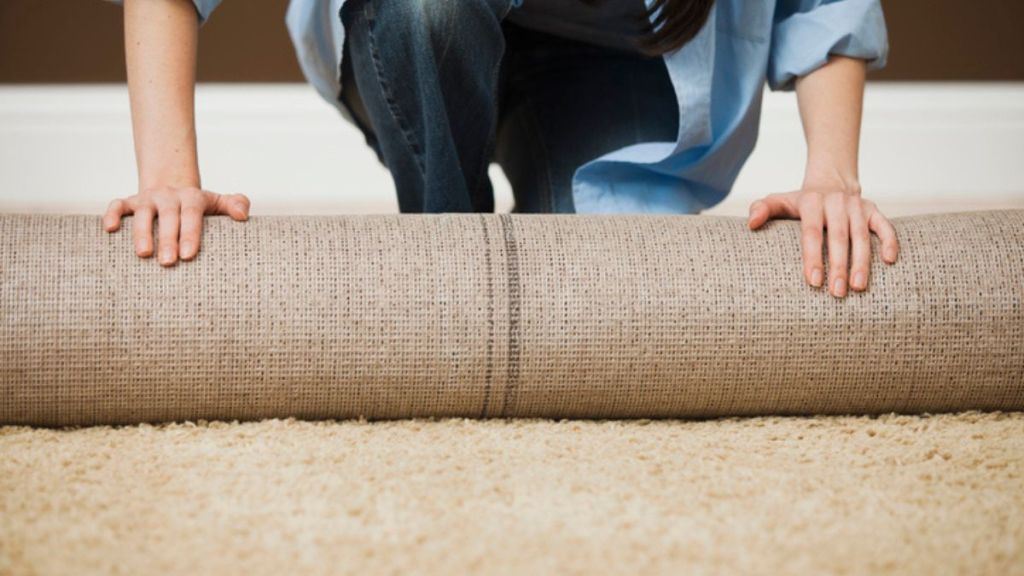
Removing a carpet is a totally doable project. So, if you’re ready to pull up that burnt orange shag in your living room, it’s important to gear up properly. “Older carpets are full of dander and allergens — you want to prevent breathing that in or absorbing it through your skin,” notes Abe Nyayapathi, biohazard and floor specialist for BioRecovery.com.
Gather the right gear
“The right tools of the job include cut-resistant gloves, a dust-filtering face mask and knee pads to protect against staples on the floor,” says Nyayapathi. Cut-resistant gloves are typically made from wipe or metal mesh, kind of like medieval armor. You’ll likely also need to use an X-Acto knife to slice carpet strips or remove glued-on sections. Additionally, the gloves will protect your hands from nicks. One option: NoCry Cut Resistant Gloves for Women and Men. An N95 will filter out 95% of dust particles. But for complete protection, it’s best to use a respirator like a kind made for paint fumes.
Also smart: Discovered linoleum under the carpet? For homes built in the 1970s or earlier, there’s a chance this flooring contains asbestos. The good news: If you plan to cover the linoleum with new flooring, it’s fine to leave it. Asbestos is inert unless it’s disturbed and released into the air. Want to get rid of old tile? Call a professional testing company, which will be able to remove it if it tests positive for asbestos.
For more solutions to household hassles, click through these stories:
Home Pro’s #1 DIY Trick Makes It So Easy to Remove Wallpaper
How to Get Soap Scum Off of Anything: Experts’ Genius Solutions
How to Clean a Toilet Tank: Plumbers Explain Why It Can Save You From Pricey Repairs


